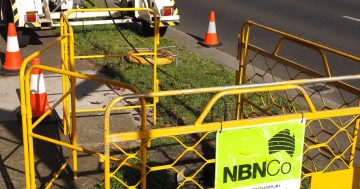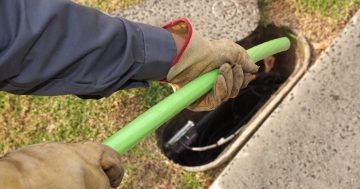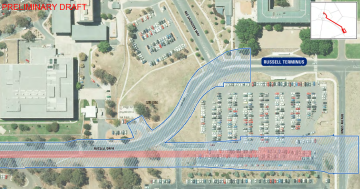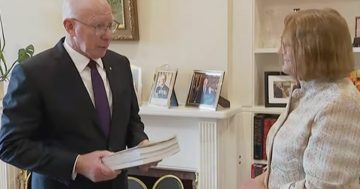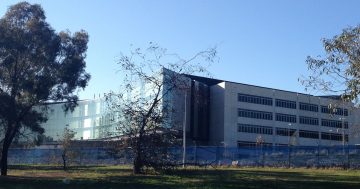
Optic fibre is a beautiful communications medium.
The light beams glow down the fibres, and it is almost infinitely upgradeable. As compression algorithms are refined and improved, information can be carried faster and more cheaply.
When Federal Labor announced the National Broadband Network, our plan was to connect fibre directly to more than nine out of ten premises. In our view, fibre was the world’s best technology – so it was only just good enough for Australians.
Copper is… less attractive. It is a dull red-brown. The physics of copper mean that the technology is not infinitely upgradeable.
But a copper connection to their home from the node at the end of their street – whose defining feature will be an inferior, limited signal – is all Malcolm Turnbull has promised the Australian people. As theshovel.com.au has noted, ‘Nothing evokes the concept of speed quite like five hundred meters of copper wire connected to your home.’
On this website last year, I noted that under the Liberals, Australia has fallen from 30th to 60th in the global internet speed rankings. I pointed out that copper is to fibre as dirt roads are to concrete highways.
Fibre and copper are different methods of transporting the same information, just as concrete highways and dirt roads are methods of transporting vehicles. In both cases the quality of the method determines how much, how quickly and how reliably information or vehicles can move from one spot to another.
Optic fibre and concrete highways are capable of carrying huge amounts reliably and quickly for many, many years. A decade ago, the speed of commercial fibre averaged around 5 megabits per second. Now, fibre averages nearly 15 megabits per second (but not in Australia), and some think that this could be as fast as 100,000 megabits per second by 2027. At that speed a blu-ray disk can be downloaded in two seconds.
Ageing copper wires cannot carry anything quickly or reliably before they reach capacity and degrade. Under the Liberals’ ‘Fibre to the Node’ approach, internet speeds will depend on how far you are from the kerbside box. ‘Fibre to the Premises’ isn’t just faster, it’s more equitable – delivering the same blinding speeds to every house that’s connected by fibre.
And, it costs more. Labor’s original NBN plan came in at $45 billion. In 2013, the Liberals promised that that their inferior network would be cheaper, at $29 billion. Now, they admit that it will cost more: up to $54 billion.
And that’s if Australians get the NBN at all.
Remember when Malcolm Turnbull promised every Australian would have access to his cheap and nasty NBN connection by the end of 2016? Seven million homes were left waiting. As a headline on theshovel.com.au put it: ‘Malcolm Turnbull now promises that all households will have the NBN by the end of last year’.
As Shadow Communications Minister Michelle Rowland recently observed, ‘If someone had told you back in 2008 that Australia would spend $50 billion on an upgraded copper and HFC network, slipping outside the top 50 in the world for broadband speed rankings, you would have fallen off your chair.’
The cost of the Liberals’ second-rate network has blown out. Yet some Canberra suburbs are not yet even yet on the roll-out map.
Under this approach, we will have a permanent digital divide cutting through our suburbs. It makes no sense to residents in Macgregor, Casey or Braddon that one side of the street gets fibre to the premises while the other side is stuck with copper to the premises.
Without an NBN connection, homes and small businesses are missing out on the vast range of 21st century opportunities that their neighbours have. Homeowners on the side of the street with a fibre connection get a windfall gain in their property price. Their near neighbours miss out.
Welcome to Malcolm Turnbull’s Australia… still buffering.
Andrew Leigh is the Federal Member for Fenner, and his website is www.andrewleigh.com.












